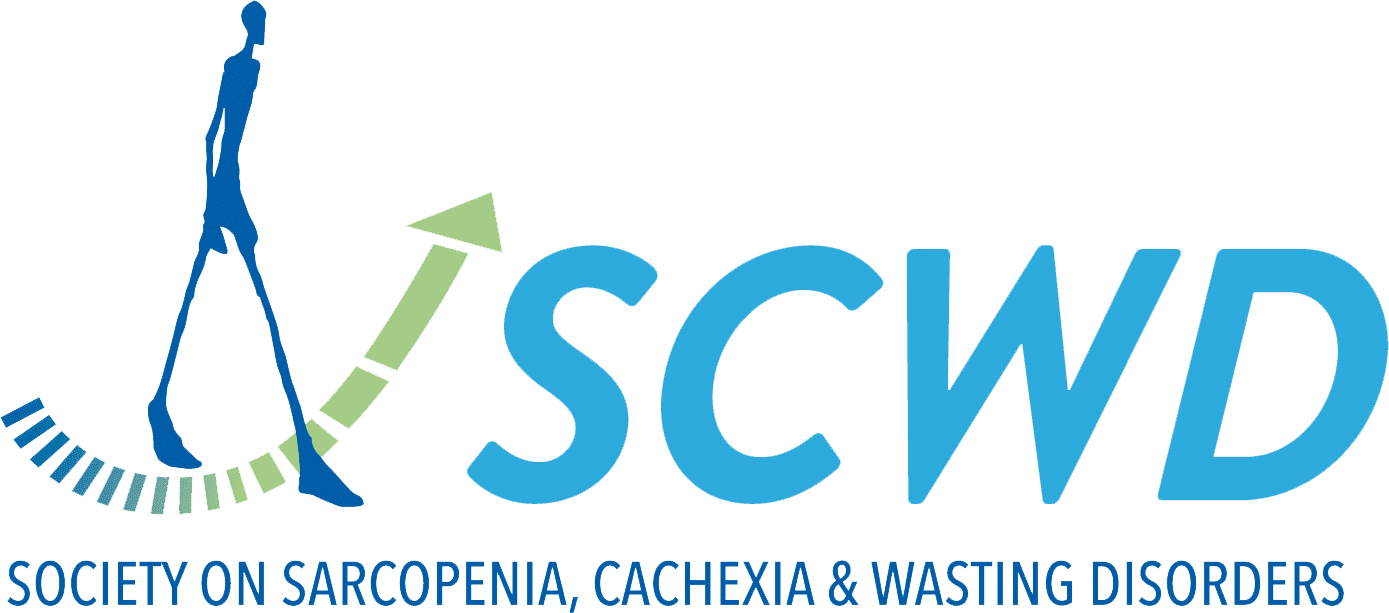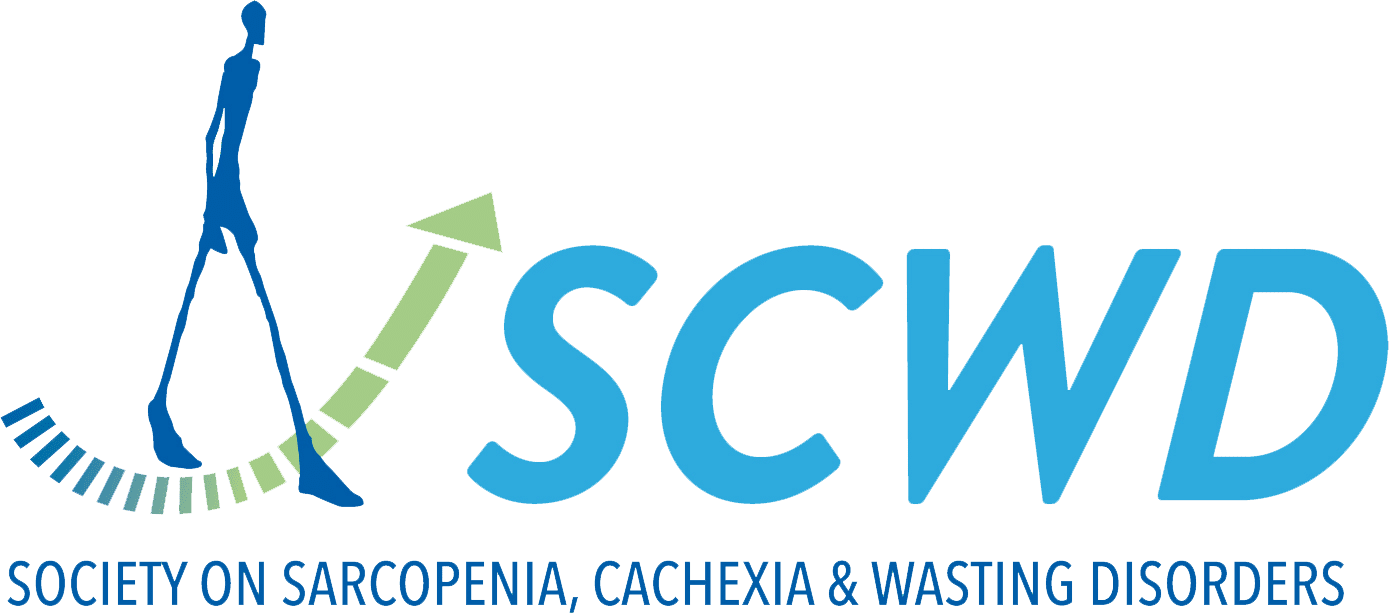A Novel ceRNA Axis LOC121818100/Novel-miR-400/SSRP1 Regulated Muscle Growth and Injury Repair in Sheep.
In mammals, skeletal muscle growth is a delicate process. The construction of competitive endogenous RNA (ceRNA) networks provides an effective way to analyse the molecular mechanism of complex trait formation.
The aim of this study was to investigate the role of the ceRNA axis in skeletal muscle development. Transcriptome sequencing (RNA-seq) technology was used to analyse the RNA expression profile of longissimus dorsi muscle of different breeds of sheep.
MiRanda and qTar databases were used to construct the ceRNA network. The key ceRNA regulatory axis was screened by bioinformatics analysis.
Using primary sheep myoblast (SMs) and mouse models, we evaluated the effects of target gene structure specific recognition protein 1 (SSRP1) and related noncoding RNA (ncRNA) on cell proliferation and muscle development in vitro and in vivo functional experiments. Dual-luciferase reporter assay, fluorescence in situ hybridization (FISH), RNA immunoprecipitation (RIP) and RNA pull-down assay were used for mechanistic analysis.
The number of differentially expressed (DE) lncRNA, miRNA and mRNA in STH and SNT sheep (n = 5) longissimus dorsi muscle was 99, 53 and 1864, respectively (p < 0.05). A ceRNA network containing 146 lncRNA-miRNA-mRNA axes was constructed (p < 0.05).
Bioinformatics analysis showed that LOC121818100/Novel-miR-400/SSRP1 was most correlated with skeletal muscle development (p < 0.05). Analysis in SMs showed that the expression of proliferation markers (CCND1, CCNE1, PCNA and PAX7) was decreased (-30%, p < 0.05) after inhibition of LOC121818100 or SSRP1 expression.
Overexpression of Novel-miR-400 decreased the expression of proliferation markers (-80%, p < 0.01). SSRP1 knockdown decreased the proliferation activity of SMs (-80%, p < 0.05).
After SSRP1 knockdown, the proportion of SMs entering S phase decreased (-3.22%, p < 0.05). 5-ethynyl-2'-deoxyuridine (EdU) analysis showed the same trend (p < 0.05). The results of mouse model also confirmed that SSRP1 was positively correlated with skeletal muscle development (p < 0.05).
It was confirmed that LOC121818100 acts as a sponge for Novel-miR-400 and reduces its inhibitory effect on SSRP1. This interaction promotes skeletal muscle development in sheep.
Our results identified a role for SSRP1 in promoting skeletal muscle growth. Sheep skeletal muscle development is regulated by LOC121818100/Novel-miR-400/SSRP1 axis.
These findings provide new insights into the role of the ceRNA machinery in regulating skeletal muscle growth.


